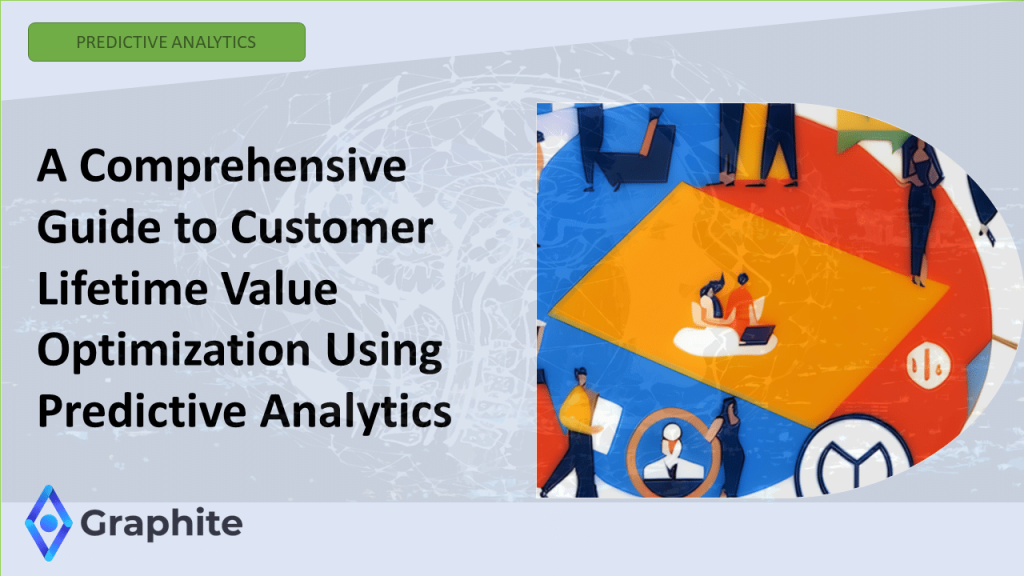Precision predictions are a great way to set your business up for success. Using data-driven insights, you can make informed decisions and stay ahead. Here are eight methods to enhance your business outcomes using precision predictions:
Implement Data Analytics
Data analytics forms the foundation of precision predictions. Data analytics involves collecting and analyzing data to gain valuable insights. To implement data analytics, start by collecting relevant data from various sources. Clean and organize your data for accuracy. Then, analyze it using statistical methods and visualization tools. Interpret the results in the context of business goals. Finally, take action based on the insights gained.
Use Machine Learning
Machine learning algorithms can process large volumes of data very quickly. Machine learning algorithms identify patterns and make predictions based on historical information. Machine learning algorithm technologies enable your business to automate complex predictions and decision-making processes. Machine learning contributes to precision predictions through continuous learning and improvement. Machine learning can handle complex and high-dimensional data, reducing human error in analysis and giving you more reliable predictions.
Welcome Artificial Intelligence (AI)
AI technologies like natural language processing and image recognition can enhance your prediction capabilities. AI technologies can automate tasks and improve customer experiences. AI-powered systems analyze data in real-time, identifying trends faster than humans. To integrate AI into your business strategy, first identify areas that can benefit most from AI. Partner with AI solution providers for smooth implementation. Consider using no-code AI platforms, like Graphite Note to use AI without needing extensive technical expertise.
Incorporate Predictive Modeling
Predictive modeling uses historical data to forecast future outcomes.Predictive modeling helps you understand factors that influence your success. Building predictive models, you can make more accurate predictions about customer behavior and market trends that affect your business. Predictive modeling uses statistical models and machine learning algorithms. Predictive modeling forecasts customer behavior, sales trends, and market demand. This approach enables you to undertake proactive decision-making based on data-driven insights.
Implement Keyword Forecasting
Keyword forecasting helps to predict the performance of specific search terms. Keyword forecasting empowers your business to focus on keywords that are likely to yield the best results. This method is essential for improving your SEO strategies and driving organic traffic. To implement keyword forecasting, conduct thorough keyword research. Analyze historical keyword performance data. Use SEO tools to estimate search volume and difficulty. Create content strategies based on forecasted keyword trends.
Apply Statistical Forecasting
Statistical forecasting analyzes historical data to predict future trends. It’s useful for understanding seasonality and long-term traffic patterns. This method can help you to prepare for fluctuations in demand and optimize your resources. Statistical forecasting identifies seasonal trends in business performance. It helps in resource allocation and inventory management. This provides you with key insights for your long-term strategic planning.
Use Predictive Analytics in SEO
Predictive analytics in SEO helps you forecast search engine algorithm changes. It enables you to adapt your strategies proactively. Analyzing trends, you can optimize your online content for better search rankings. To implement predictive analytics in SEO, monitor search engine algorithm updates. Analyze competitor performance and strategies. Use AI-powered SEO tools for trend prediction. Adjust your content and link-building strategies based on predictions.
Try Trend Analysis
Trend analysis helps you to identify emerging market opportunities. Trend analysis involves studying current patterns to predict future consumer behavior. For effective trend analysis, monitor industry publications and social media trends. Use data visualization tools to identify patterns. Conduct regular market research and surveys. Adapt your product offerings based on predicted trends.
As you look towards implementing these eight methods, you can significantly improve your outcomes through precision predictions. Tools like Graphite Note offer no-code solutions for predictive analytics. Graphite Note is a no-code predictive and prescriptive analytics tool that helps you implement precision predictions to improve your business outcomes.





